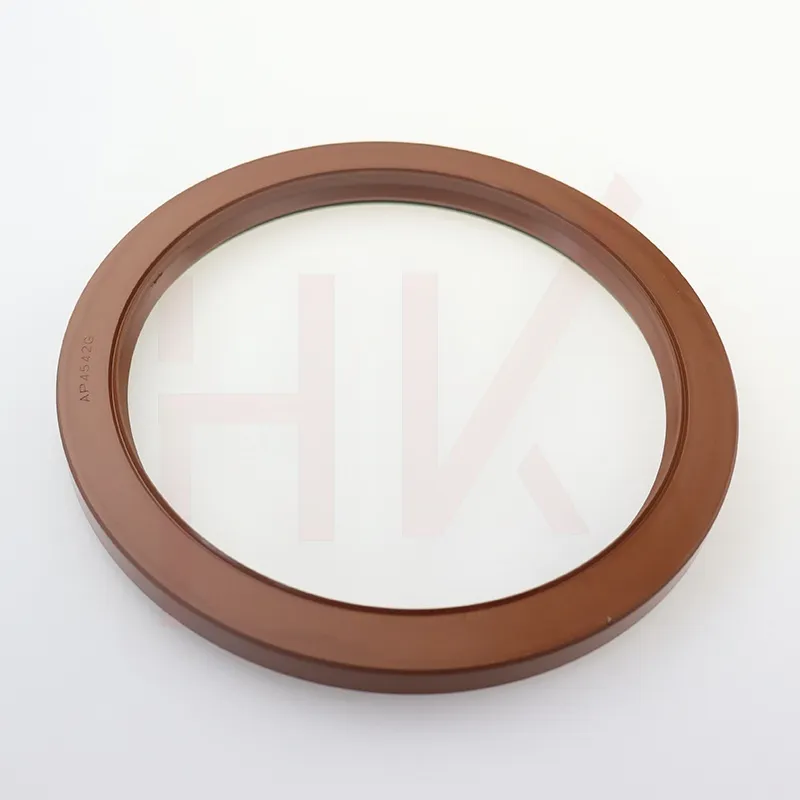Nov . 18, 2024 16:52 Back to list
Understanding the Function and Importance of Oil Wiper Rings in Engine Performance
The Importance of Oil Wiper Rings in Engine Performance
Oil wiper rings, often overlooked in the intricate design of engine components, play a crucial role in the overall performance and longevity of an engine. These small but significant components are typically located on the piston, working in harmony with other engine parts to maintain optimal performance.
An oil wiper ring is designed to control the amount of oil that enters the combustion chamber. Its primary function is to scrape excess oil from the cylinder walls as the piston moves up and down. This prevents oil from mixing with the fuel-air mixture, which is vital for maintaining efficient combustion. When the oil is allowed to enter the combustion chamber, it can lead to a multitude of problems, including increased emissions, reduced fuel efficiency, and ultimately, engine fouling.
One of the most important aspects of an oil wiper ring is its ability to maintain proper oil clearance. If the clearance is too high, excessive oil can enter the combustion chamber, leading to significant issues such as oil burning and increased exhaust smoke. Conversely, if the clearance is too low, it can result in oil starvation, which can cause severe engine wear due to inadequate lubrication. Striking the right balance is key to optimal engine performance.
oil wiper ring

The materials used in oil wiper rings are vital for their durability and effectiveness. Typically, these rings are made of high-quality materials such as cast iron, steel, or advanced alloys, which can withstand high temperatures and pressures within the engine. Additionally, modern oil wiper rings may feature special coatings that enhance their wear resistance and reduce friction, further improving their performance.
The installation and maintenance of oil wiper rings are also critical. During engine assembly, it is essential that the oil wiper rings are installed correctly to ensure their effective operation. Additionally, routine maintenance checks should include inspections of these rings, as wear and tear can occur over time. Replacing worn or damaged oil wiper rings can prevent larger issues down the road, saving both time and money for vehicle owners.
The advancements in automotive technology have led to significant improvements in oil wiper ring design. Engineers continuously develop new materials and designs to enhance their efficiency and performance. For instance, the introduction of multi-part oil wiper rings allows for better oil control and reduced emissions, aligning with the increasing global focus on environmental sustainability.
In summary, oil wiper rings may be small components, but their impact on engine performance cannot be underestimated. They play a vital role in controlling oil consumption, enhancing fuel efficiency, and minimizing emissions. Regular maintenance and timely replacement of these rings are essential for maintaining the health of any engine. As automotive technology continues to evolve, the role of the oil wiper ring will only become more significant in promoting efficient and sustainable engine operation.
-
TCN Oil Seal Metal Ring Reinforcement for Heavy Machinery
NewsJul.25,2025
-
Rotary Lip Seal Spring-Loaded Design for High-Speed Applications
NewsJul.25,2025
-
Hydraulic Cylinder Seals Polyurethane Material for High-Impact Jobs
NewsJul.25,2025
-
High Pressure Oil Seal Polyurethane Coating Wear Resistance
NewsJul.25,2025
-
Dust Proof Seal Double Lip Design for Construction Equipment
NewsJul.25,2025
-
Hub Seal Polyurethane Wear Resistance in Agricultural Vehicles
NewsJul.25,2025
-
The Trans-formative Journey of Wheel Hub Oil Seals
NewsJun.06,2025
Products categories
















